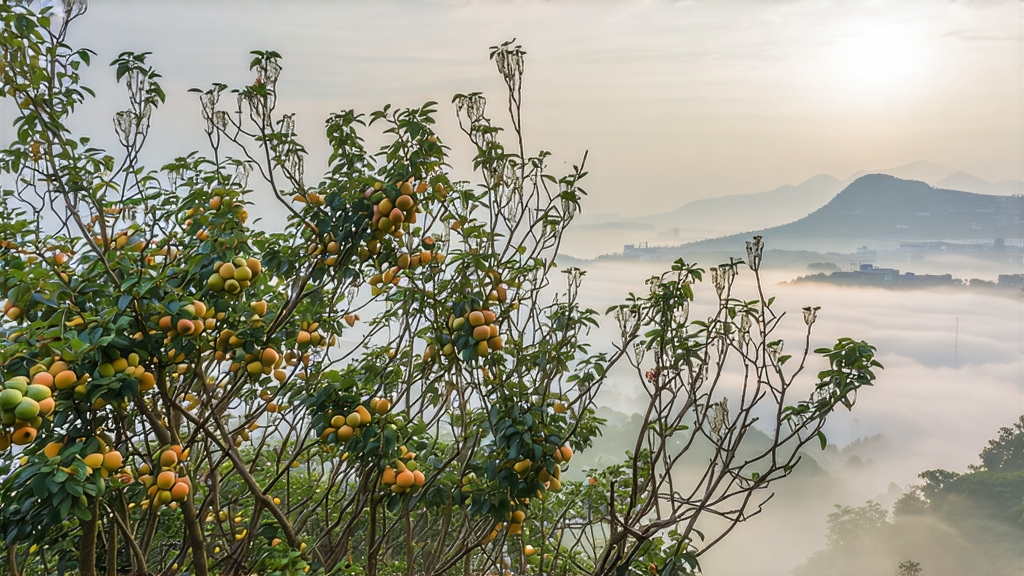
Tucked between the Yangtze River and the vast Lake Tai in Jiangsu Province lies Dongting Mountain, a mist-veiled outcrop whose name is almost synonymous with one of China’s most delicate green teas—Biluochun. Literally “Green Snail Spring,” the tea owes its poetic name to two visual cues: the tight spiral shape of each finished leaf and the fact that it is picked and processed in the earliest days of spring. To international drinkers accustomed to the vegetal punch of Sencha or the nutty calm of Longjing, Biluochun offers a different register entirely—an almost perfumed cup that carries the breeze of apricot, peach and plum trees among which the bushes are deliberately inter-cropped. Understanding this tea is therefore not only a lesson in agriculture but also a window into the Chinese aesthetic principle that flavor should echo place.
Historical whispers place Biluochun’s birth during the late Tang dynasty (618-907 CE), yet credible written records surface only in the Ming Wanli era (1573-1620). A frequently cited anecdote tells of a tea picker who, running out of space in her basket, tucked fresh shoots into her bodice; the warmth of her body and the scent of nearby fruit trees combined to create an unexpectedly fragrant tea. Whether apocryphal or not, the story captures the sensory surprise that still defines Biluochun today. By the Qing Kangxi reign (1662-1722) the emperor himself is said to have sampled the tea, found its original name “Xia Sha Ren Xiang” (literally “scary fragrance”) too inelegant, and rechristened it Biluochun for its snail-like curl and spring harvest. Imperial favor catapulted the tea into tribute status, and for three centuries the finest batches travelled 1,000 km north to the Forbidden City packed in lead-lined tin casks to preserve every volatile aromatic.
Botanically, Biluochun is made almost exclusively from a Jiangsu-specific cultivar group called Fuding Xiao Ye Zhong (small-leaf stock). The bushes are low, slow-growing, and remarkably cold-tolerant, traits that allow them to lie dormant through Lake Tai’s damp winters and then flush explosively in early March. Within the official core zone—Dongting East and West Mountains—only leaves picked before the Qingming festival (early April) qualify for the coveted “Grade 1” designation. After Qingming the same bushes continue to yield, but the spirals become looser, the downy tips shorter, and the aromatics noticeably less complex. Connoisseurs therefore speak of “pre-Qingming” Biluochun the way Burgundy lovers speak of “premier cru,” a temporal rather than spatial hierarchy.
The crafting of Biluochun is a race against enzymatic time. Picking begins at dawn when leaf moisture is high and ambient temperature low; by 10 a.m. the baskets are carried to the village workshops where the four classical steps—withering, fixation, rolling, and firing—are compressed into six breathless hours. Withering is brief: the leaves are simply laid on bamboo trays for 30–40 minutes so that field heat can dissipate without losing the precious down. Fixation occurs in drum pans set at 180 °C for exactly 90 seconds; any longer and the delicate tips will scorch, any shorter and grassy off-notes persist. While still hot, the leaves are rolled into spirals using a technique unique to Biluochun: the maker’s palms press the leaf mass against the pan in a counter-clockwise motion, coaxing the bud to curl like a snail shell. Finally, the tea is charcoal-baked in three rounds, each drop in temperature from 80 °C to 60 °C to 40 °C locking in fragrance while reducing moisture to 5 %. The entire choreography is guided by sound—the crackle of water vapor leaving the leaf, the soft rustle when spirals tighten—and by aroma, which should move from cut grass to steamed chestnut to ripe apricot as the day progresses.
Judging finished Biluochun is a matter of eye, hand, and nose. Top-grade lots exhibit three whites (the tip, the first leaf, and the second leaf all downy), one green (a uniform jade color), and a spiral so tight that a single gram contains more than sixty individual buds. When dropped onto a porcelain plate they should bounce like tiny springs, proof of ideal residual moisture